So you’re looking for a new pair of barefoot shoes, but you’re stuck between Xero Shoes and Vivobarefoot. Where do you turn?
Don’t worry, I’ve got you covered!
This guide outlines the key differences, including fit, materials, price, and feel, to help you decide which brand best suits you!
After reviewing many of the options in the Xero Shoes and Vivobarefoot lineup, racking up 1000’s of miles in the shoes, it’s obvious to me that these two brands suit drastically different feet. So I’m confident I can lead you to the right choice for you!
Affiliate Disclosure: By clicking through the links on this page and purchasing the products, you’ll be helping me out. This is done because I receive a kickback from the sellers at no extra cost to you! Thank you so much for supporting us!
Whereas both Xero Shoes and Vivobarefoot are great options to improve barefoot health, we have to match the shoes to your feet!
But first, let’s look at what makes these brands similar.
The similarities between Vivobarefoot and Xero Shoes
Both brands offer maximum flexibility, allowing for your foot to bend naturally in any direction. Why is this important? If you study your foot for a little while, you’ll notice that the complex structure allows your foot to move in a multitude of different directions. Not just bending from front to back but also twisting. On top of that, with a bit of practice, you can train your toes to have complete autonomy, just like your fingers! So, having flexibility in the shoe in every direction is super important.
Both brands also have minimal soles to the shoe, allowing you to feel the ground beneath you. You need to be able to feel the ground. The sensors in your foot send critical signals back up to the brain and nervous system, which are used to make micro-adjustments to your gait to protect the body. When you add more and more cushion under your feet, these signals are lost, and you often land with higher forces, which can lead to worse outcomes over time.
So now we know the two brands have the fundamentals covered. What about the differences?
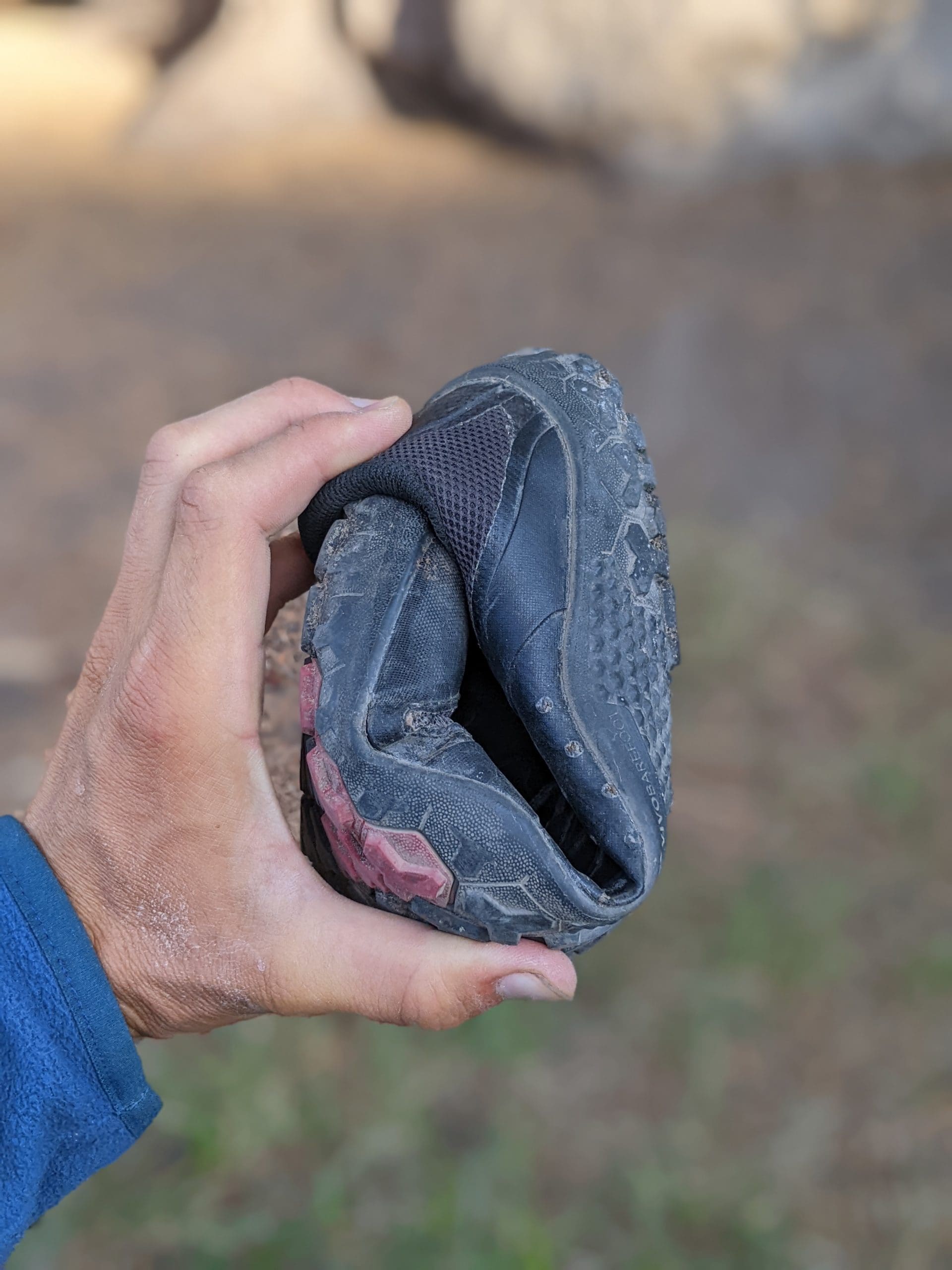
The biggest difference is the fit
Vivobarefoot are more narrow in the heel and wide towards the forefoot. Much like a fan shape. Think about other European brands; they are often narrow or sometimes what they call a “performance fit.”
Xero Shoes are forgiving in the heel and moderately wide towards the forefoot. In other words, they’re pretty broad throughout the shoe. Xero Shoes are for you if you need width in the midfoot and your toe splay is more moderate, i.e., your foot isn’t shaped like a fan.
If you have shallow feet, Vivobarefoot will work, and the opposite is true for Xero Shoes. Vivobarefoot shoes are often more shallow than Xero Shoes. If you have a high bridge or a deeper, wider foot, choose Xero Shoes. Across most of the Xero Shoes range, the materials are forgiving and accommodate a range of deeper, wider feet.

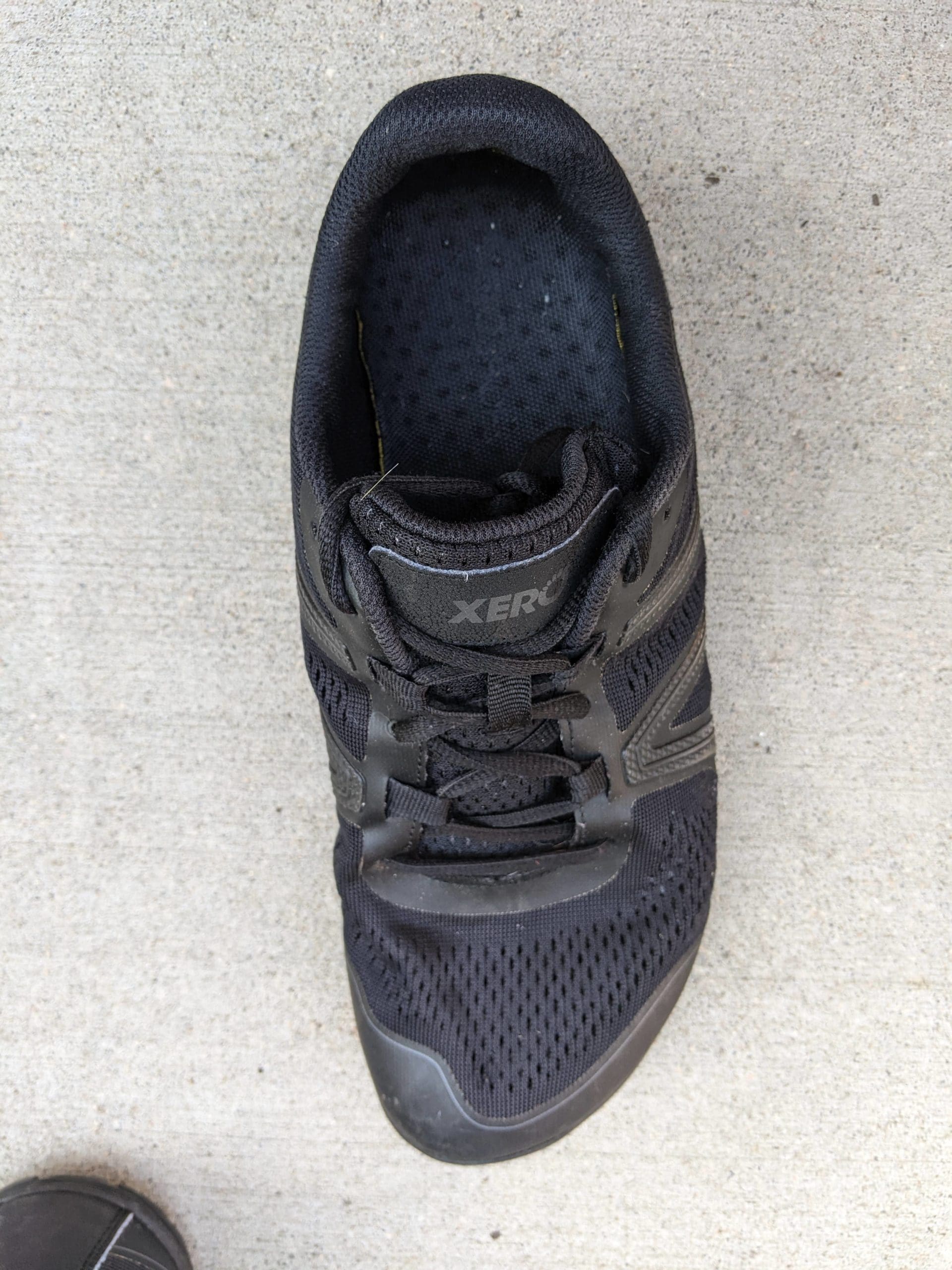
Which minimal running shoe is for you?
Take a quick 5-question quiz to identify the perfect minimal running shoe for your feet! You'll get both road and trail options based on your answers!
Durability and Materials
As a gross generalization, the materials used at Vivobarefoot are of much higher quality and will likely last longer.
Vivobarefoot has sustainability at the core of their brand. From the materials they use to the policies in place, you can rest assured your purchase is a more positive environmental choice. The use of recycled materials is commendable, but Vivobarefoot takes it further than that. It’s possible to “Revive” your old, worn-out Vivos with a sole replacement, restitching, and a general freshen-up, so your shoes are as good as new. Sadly the service is not available for all shoes, but we can hope this is the direction they’re moving towards.
Xero Shoes have been known to have quality control issues. But that’s to be expected when you factor in the price difference (More on that later). Even though they tout a 5000-mile guarantee on their soles, which is fantastic, it doesn’t cover the wear and tear of the uppers. However, to contradict that again, Xero Shoes did replace a pair of my Mesa Trails after I ripped out the side of my shoes within 300 miles. (I’m happy to say my second pair is holding up much better, 310 miles and looking good!).
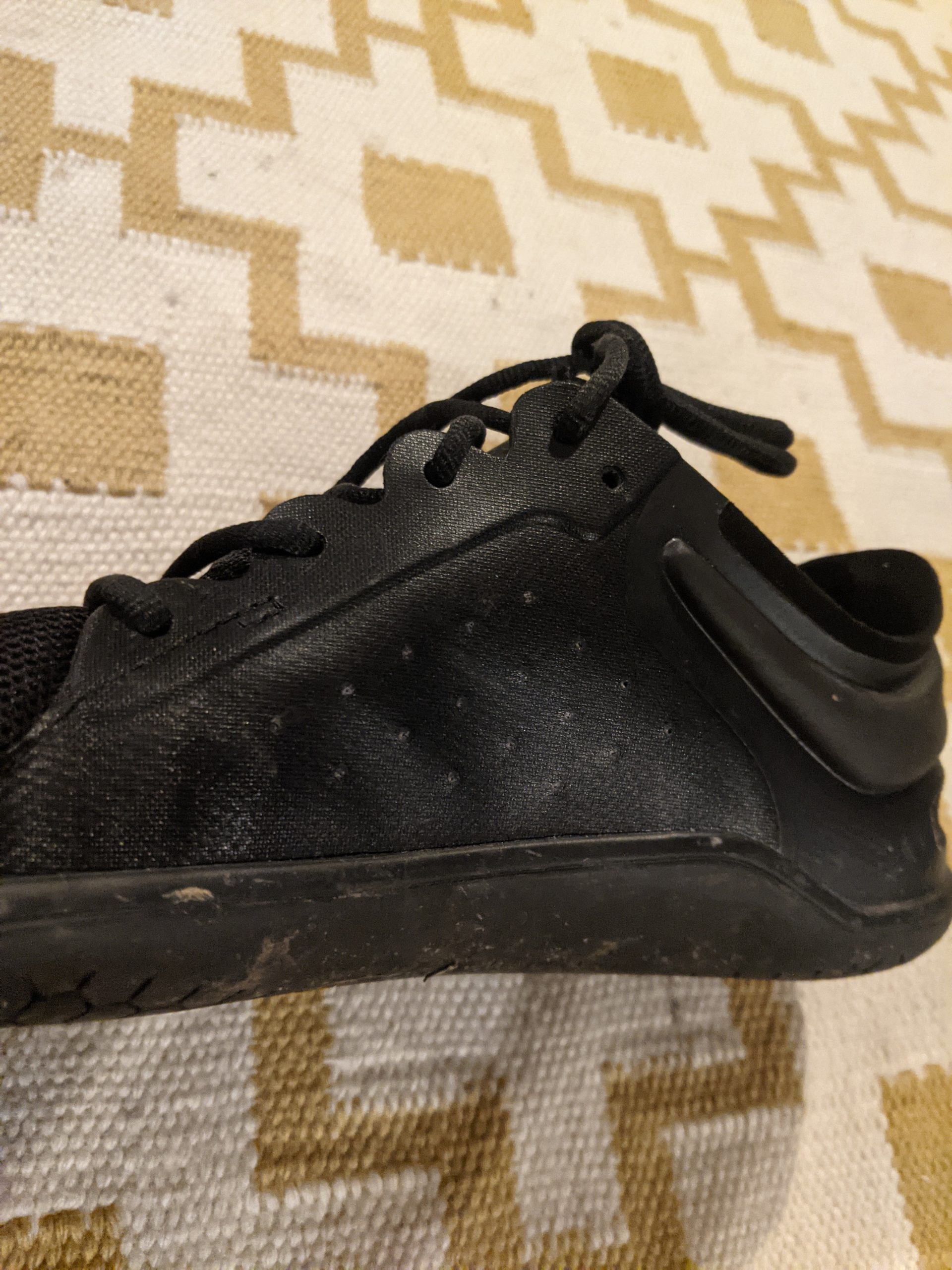
Feel of the ride
The shoe’s feel is a matter of personal preference—some prefer a tight, secure fit, while others prefer a loose, forgiving fit. However, I always suggest choosing the best fit for your foot!
Vivobarefoot tends to use much more solid rubber/plastic-like materials, which leads to a secure feel on your feet. But obviously, this only works if the shoe fits you right. If not, it can lead to hotspots and blisters. When it does work, it feels incredible. For example, when dancing down rocks on a trail, you can be sure that your feet will not slide in the shoe, leading to a fantastically secure feeling.
Xero Shoes use many more forgiving and flexible materials. These materials are excellent when you have oddly shaped feet (doesn’t everyone) or prefer a sock-like feeling. On one side, that means you’ll likely never have an issue with a sore spot (I can attest to this after taking the Mesa Trails and Terraflex II 500 miles on the Colorado trail). On the other hand, sometimes, this can lead to an insecure feeling in lateral movement. Again that all depends on the fit!
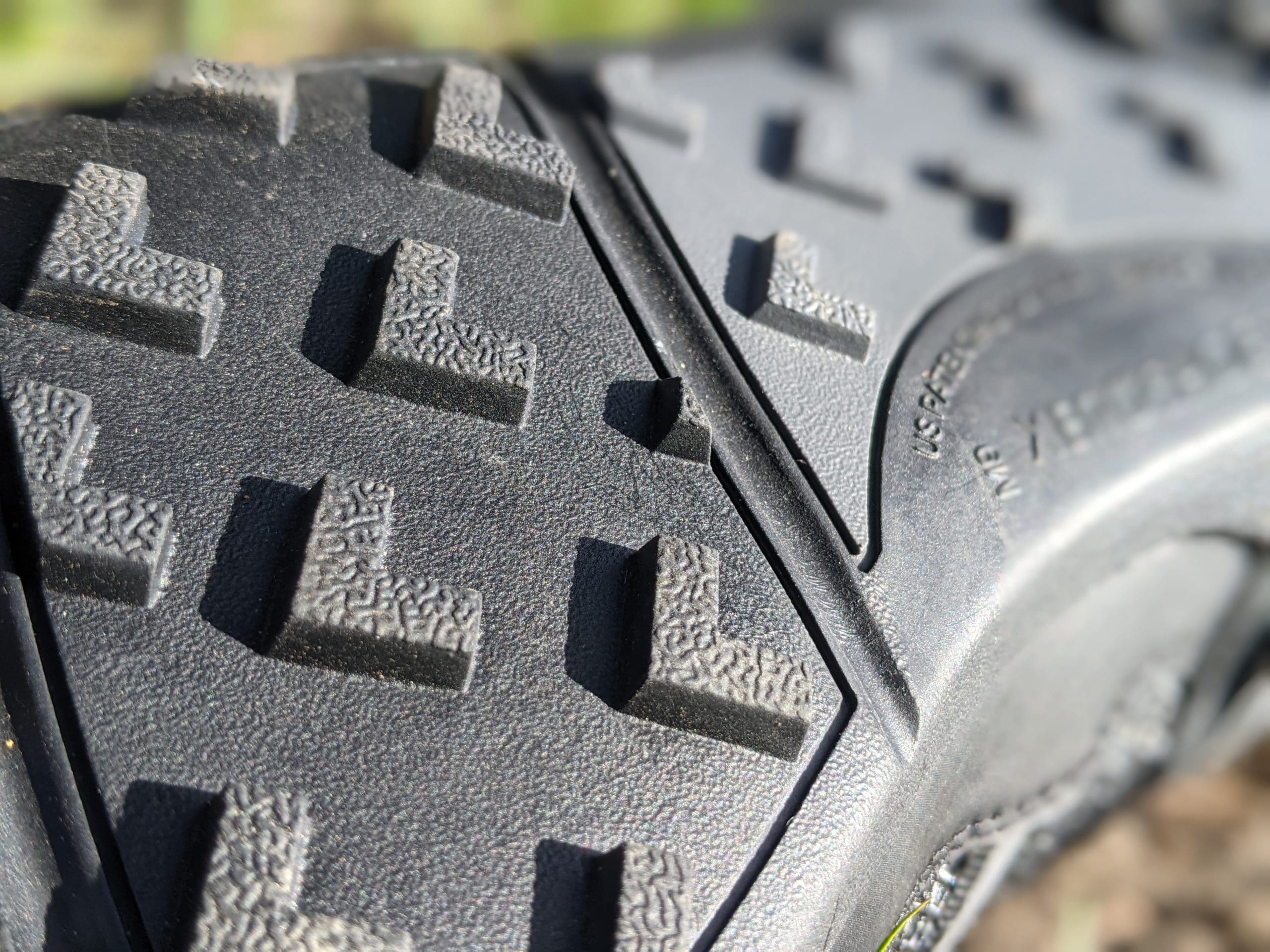
Price
There’s no way of hiding this: Vivobarefoot shoes are expensive, often $40-50 more than the equivalent Xero Shoes.
I hope the price difference will pay off in longevity, but I can’t be 100% certain about that.
On the other hand, the sourcing and manufacturing of Vivobarefoot shoes seem much more ethical. Which always comes at a price.
Here are some examples of pricing.
Xero Shoes HFS II
- $119.99
- Weight: 8.3oz/ 235g
- Stack Height: 6mm + 3.5mm removable insole
- Order 1/2 larger than your standard
- Average midfoot width
- Great starter barefoot shoe
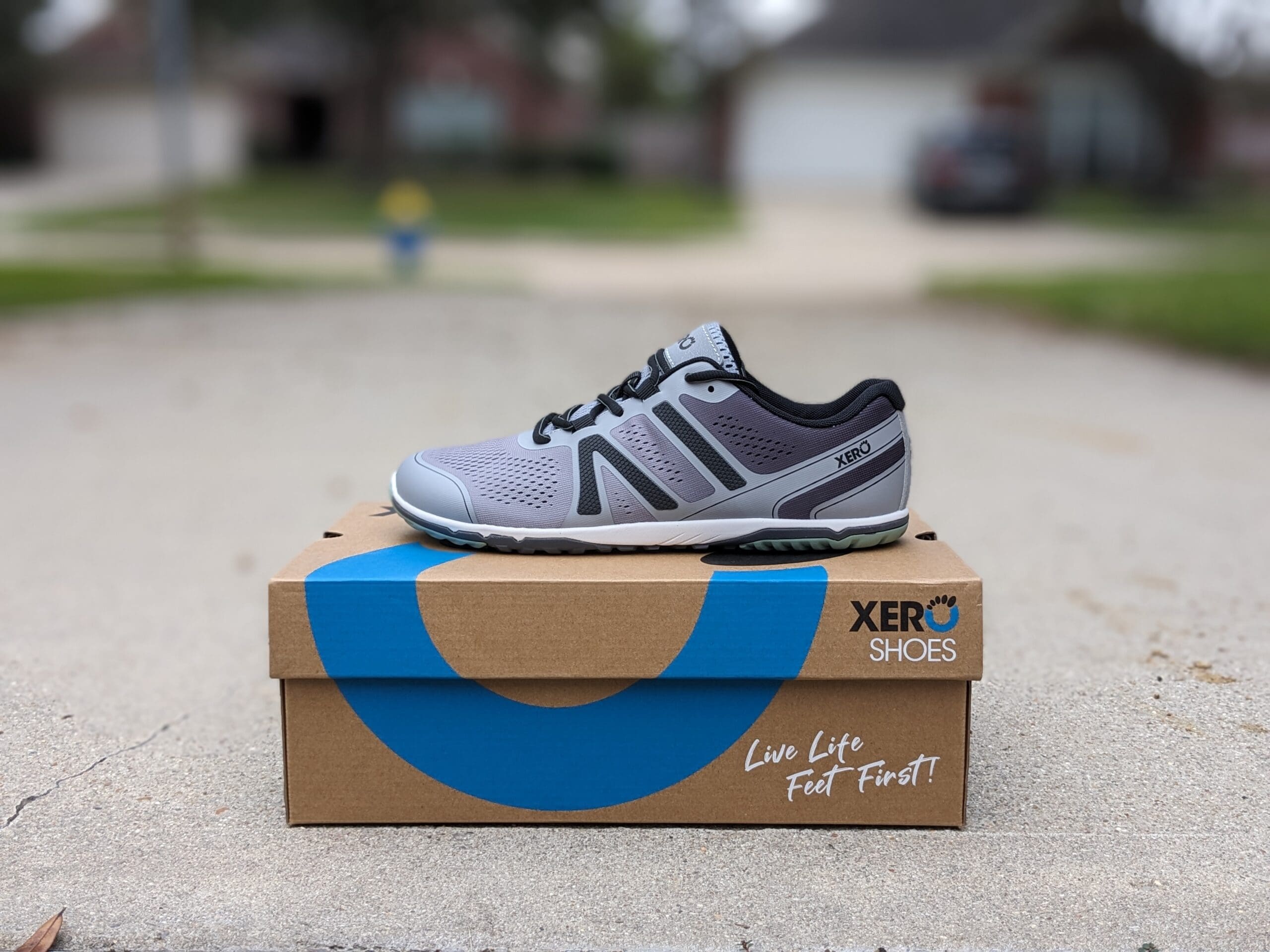
Vivobarefoot Primus Lite III
- $160
- Weight: 7.1 oz/ 201 g
- Stack Height: 3 mm insole + 4 mm outsole rubber
- True to size
- Wide Toebox, low volume

Xero Shoes Mesa Trail II
- $119.99
- Weight: 8.2 oz / 232 g
- Stack Height: 6.5mm + 3mm insole
- True to size
- Wide Toebox, high volume
- Flexible forgiving upper
- Strategically placed overlays.

Vivobarefoot Primus Trail FG
- Weight: 8.9 oz/ 250 g
- Stack Height: 2.5 mm + 4 mm lugs + removable insole
- True to size
- Wide Toebox, low volume
- Solid lockdown with foot protection

Vivobarefoot is a small brand out of the UK. They have a range of casual and active shoes, trying to position themselves in the market as the traditional shoe brand disrupter!
Rather than reducing the current shoe options on the market, Vivobarefoot has abandoned modern shoe options and returned to the basics.
You won’t find any cushioning in their range of shoes, and that’s because they’re a “barefoot”/minimal brand, meaning that they’re trying to obtain the closest possible feeling to barefoot as possible. In short, that means a thin sole and maximum flexibility to allow the foot to function exactly how it was designed to perform.
Another huge draw to Vivobarefoot is its focus on sustainability and ethical business. You’ll find statements of environmental impact plastered all over the site and schemes like Revivo, their pre-loved Vivobarefoot shoe store that redistributes used or slightly defective shoes to new owners, demonstrating their willingness to back up their pledge.
In this post, I’ll focus on running shoes, but in the Vivobarefoot range, you’ll find many casual, hiking, and smart shoe options. I feel Vivobarefoot does an excellent job at looking much more stylish than other minimal footwear brands. **Cough** I’m looking at you, Xero Shoes!
Over to the US and a barefoot brand called Xero Shoes.
If you’ve read Born To Run, you’ll know about the barefoot running trend in the early 2010s. In the book, the Tarahumara tribe from Mexico was highlighted for running great distances throughout their lives, and what did they wear to run?
Sandals….
You may think it’s impossible to run in sandals, but with the right design, it’s entirely possible, and I’m here to prove it!
Xero Shoes took this simple sandal design, modified it slightly for a more comfortable fit for a run, and started selling their first sandal kit in 2009.
They serve a complete range from running shoes to casual everyday shoes, which all resemble that original sandal design, with little to no cushioning and maximum flexibility. They also have other running shoe options that are shoes rather than sandals.
But overall, Xero shoes are as close to barefoot running as you’ll get, with the added protection from sharp objects underfoot.
Simple answer. The one that fits!
If you’re like me and you find that either brand can work, then here are some general guidelines to work with.
- Are your feet narrow or fan-shaped?
- Yes – Vivobarefoot
- No – Xero Shoes
- Do you have a lot of volume in your feet?
- Yes – Xero Shoes
- No – Vivobarefoot
- Do you prefer a sock-like upper? (otherwise, it’ll be a secure locked down)
- Yes – Xero Shoes
- No – Vivobarefoot
- Are you price-sensitive?
- Yes – Xero Shoes
- No – Vivobarefoot
No matter what you choose, enjoy your barefoot experience!
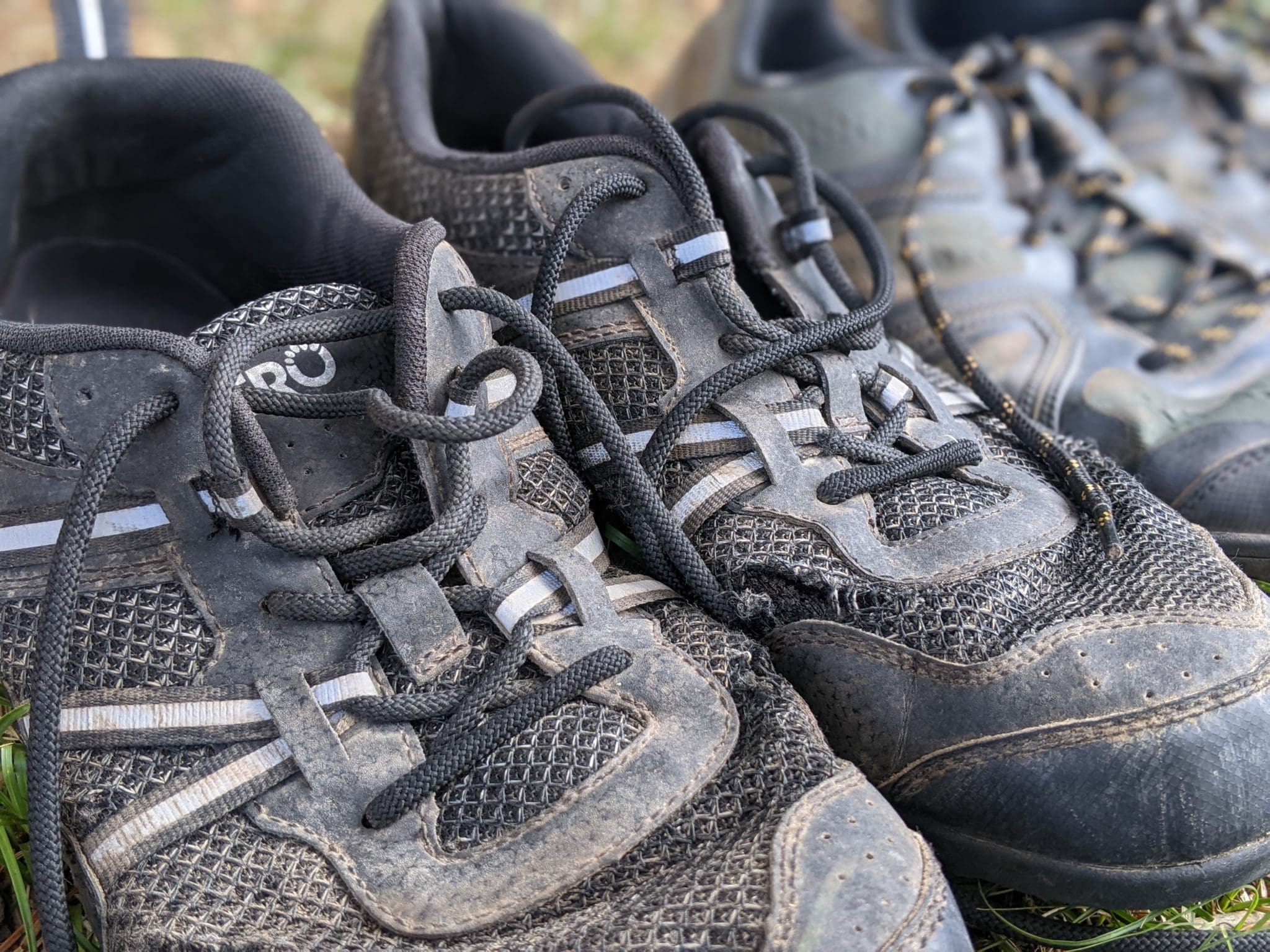
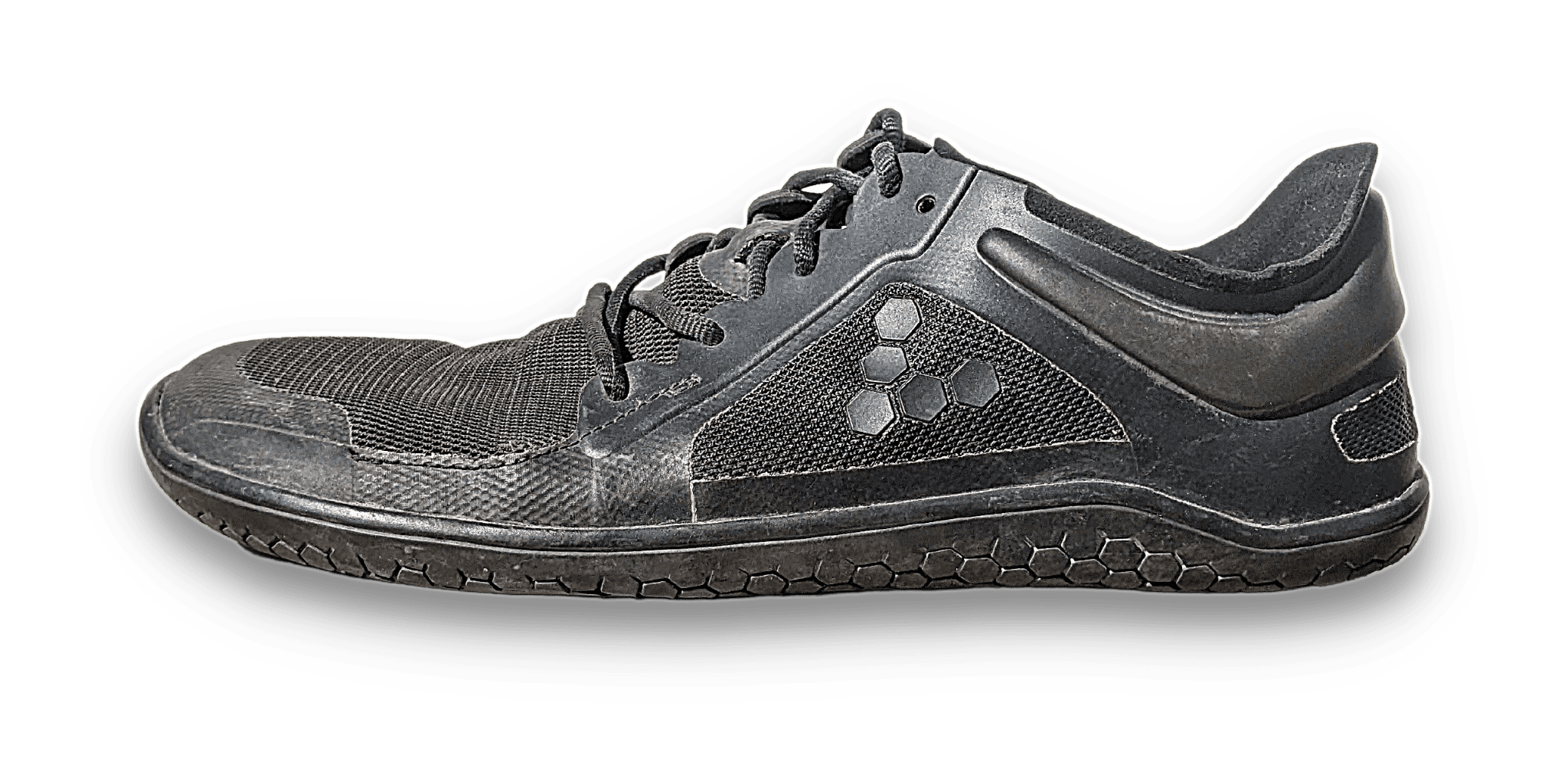
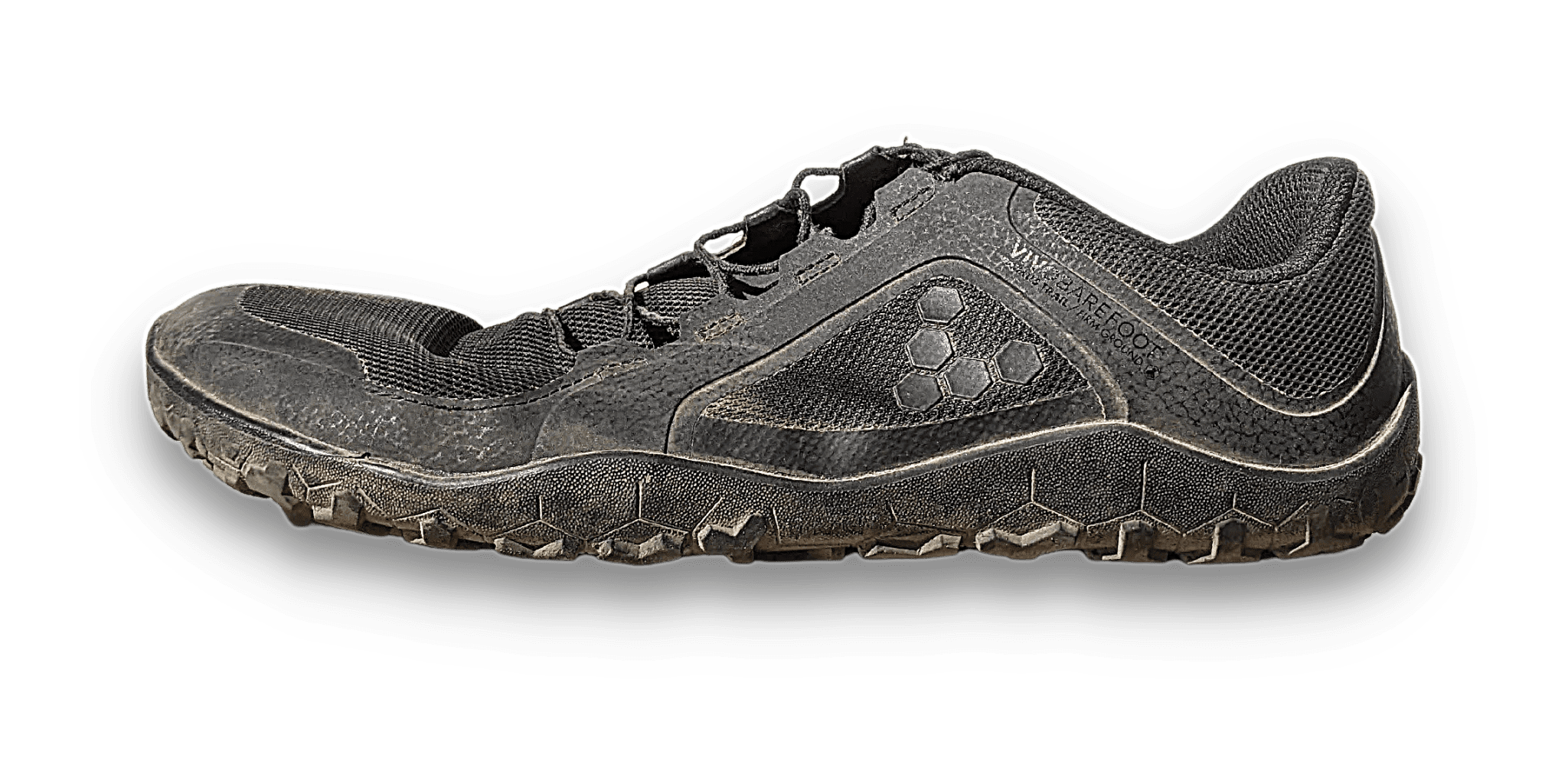
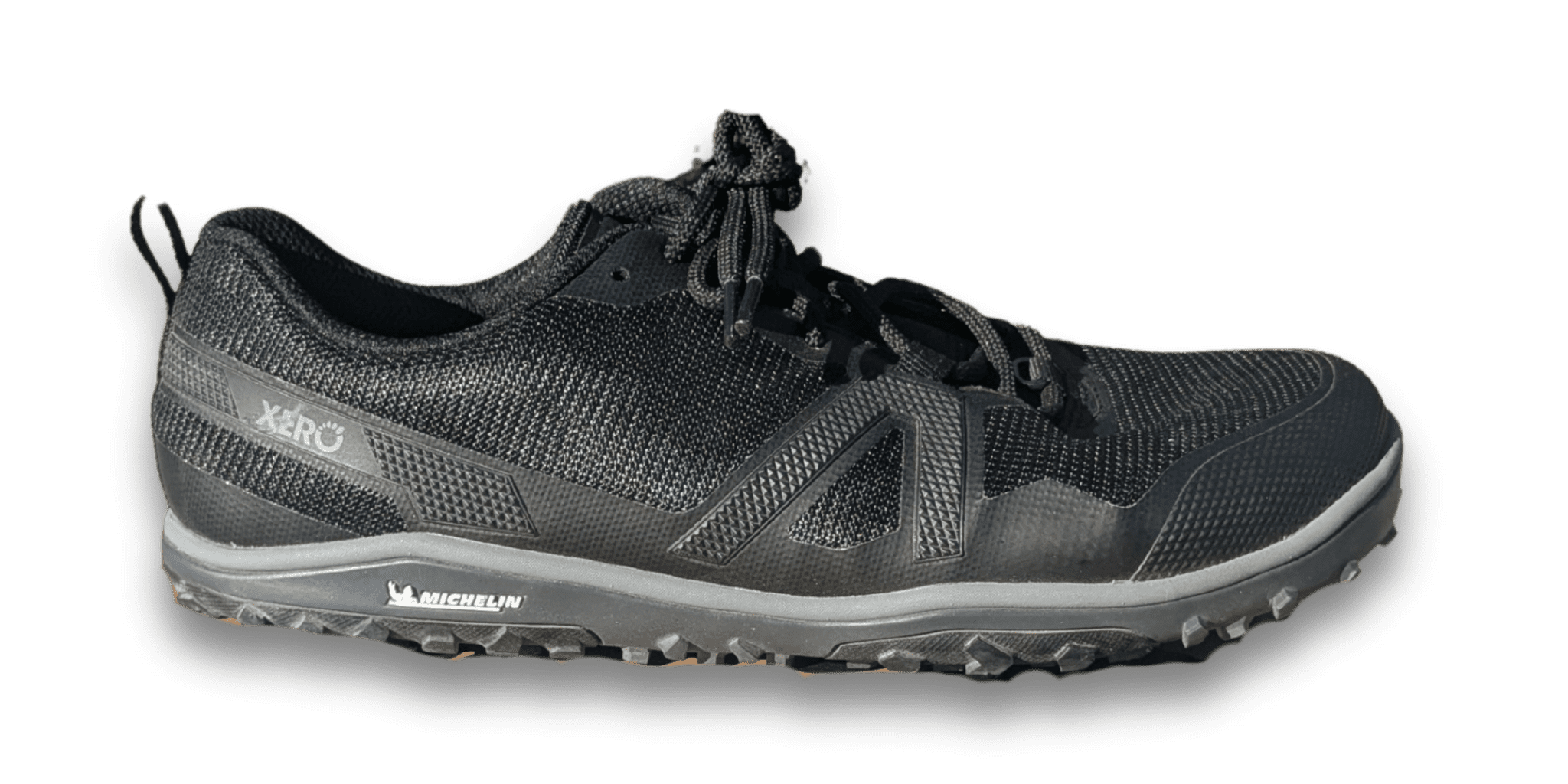
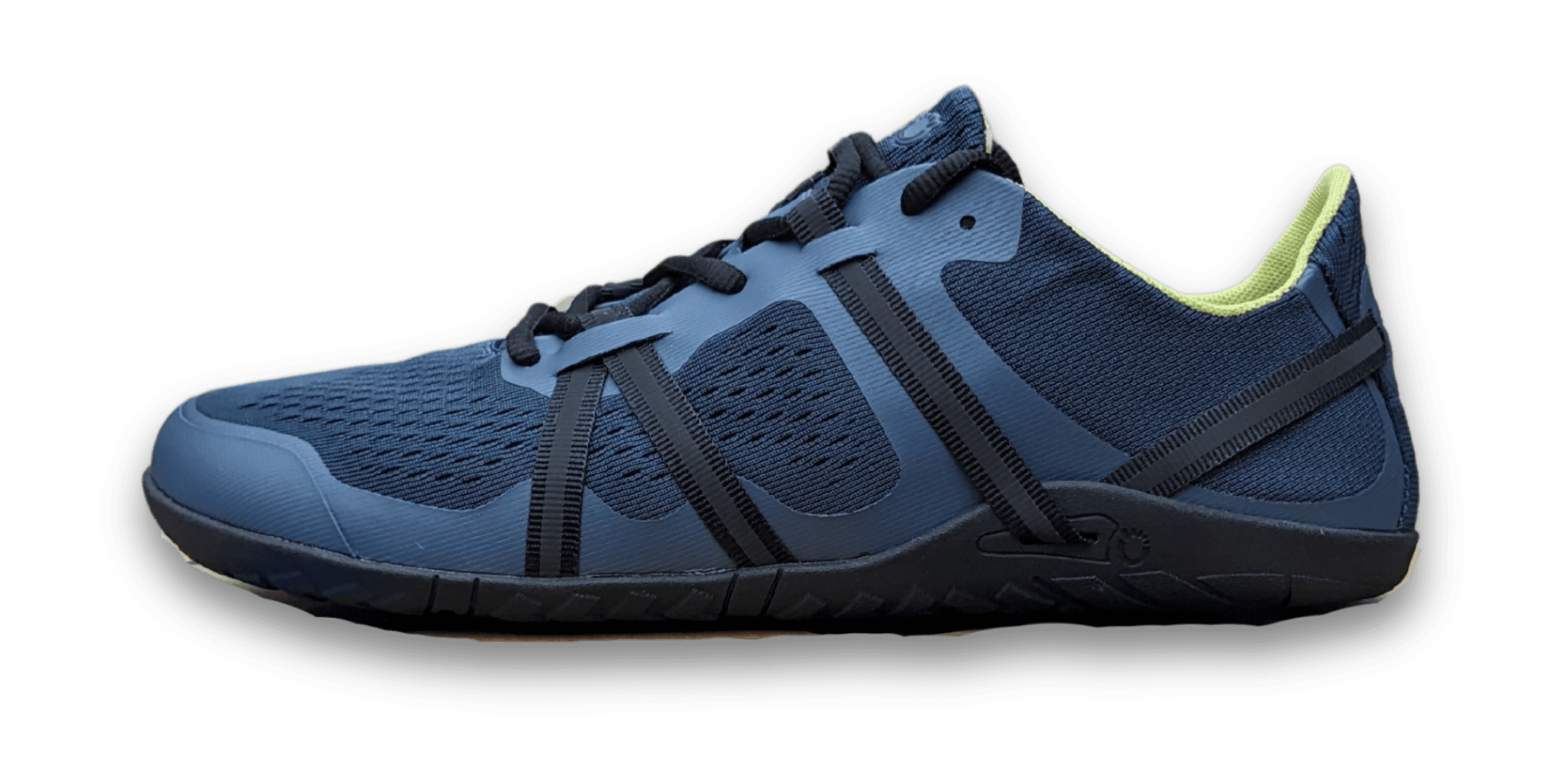
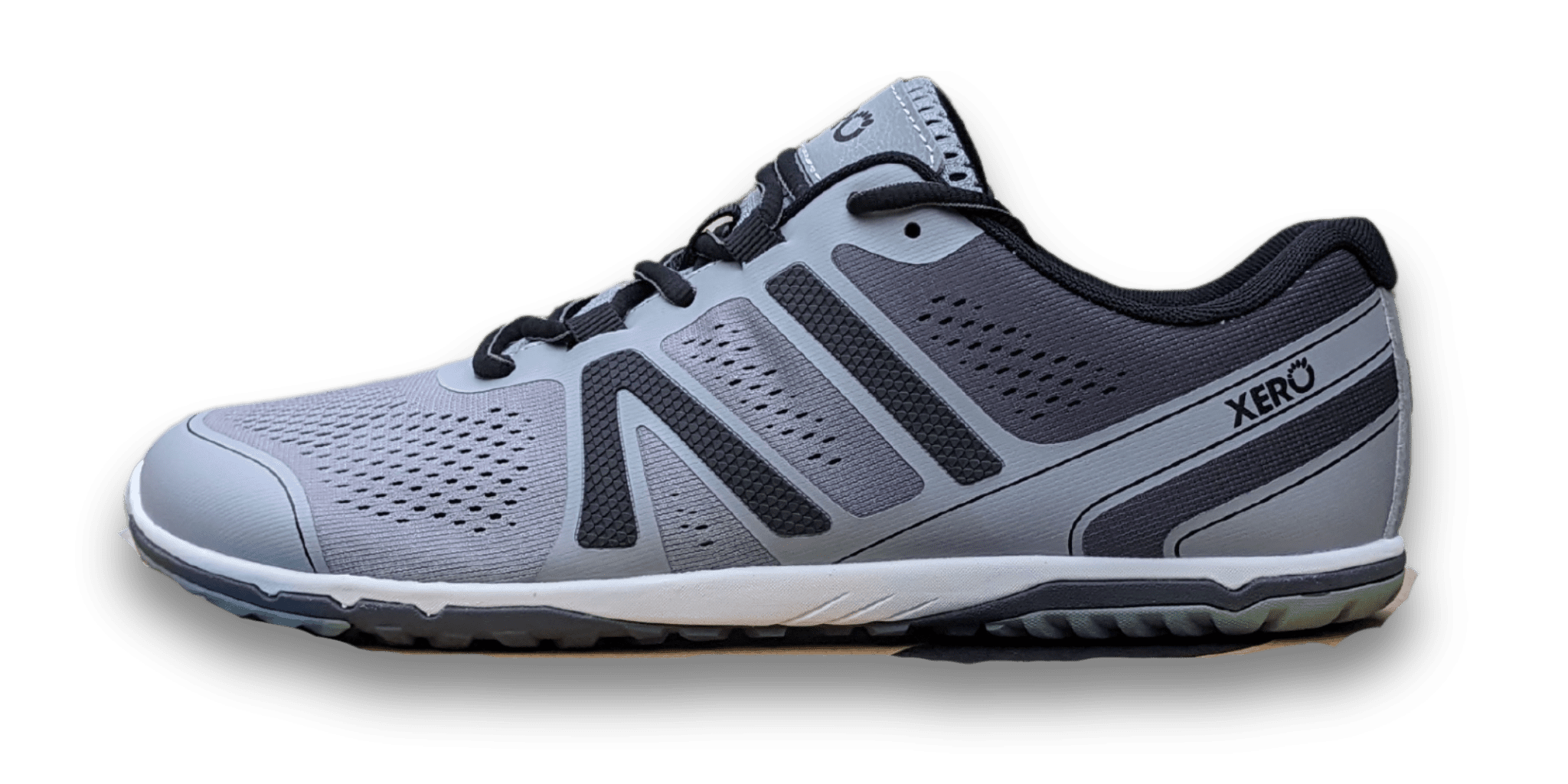

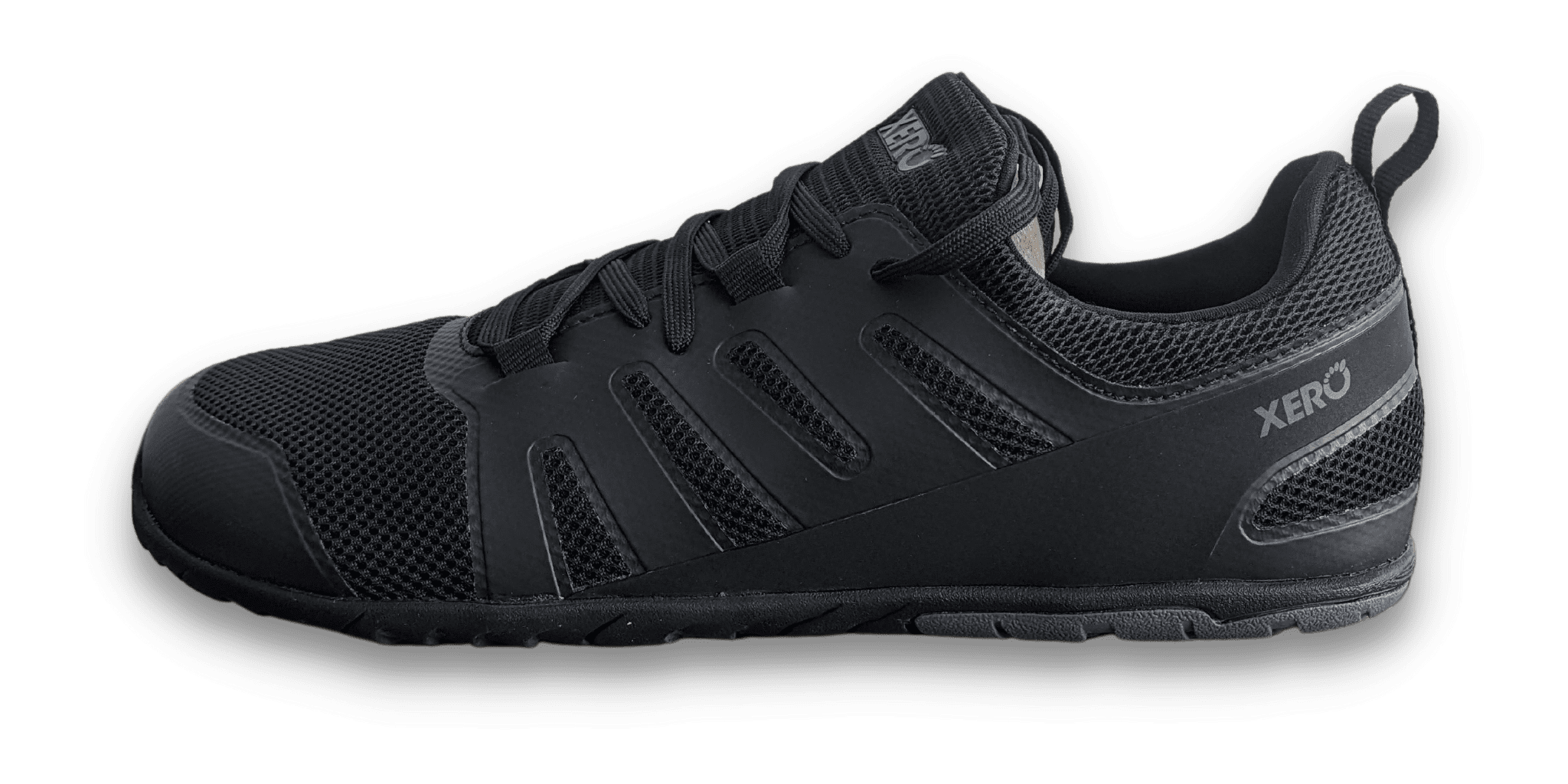
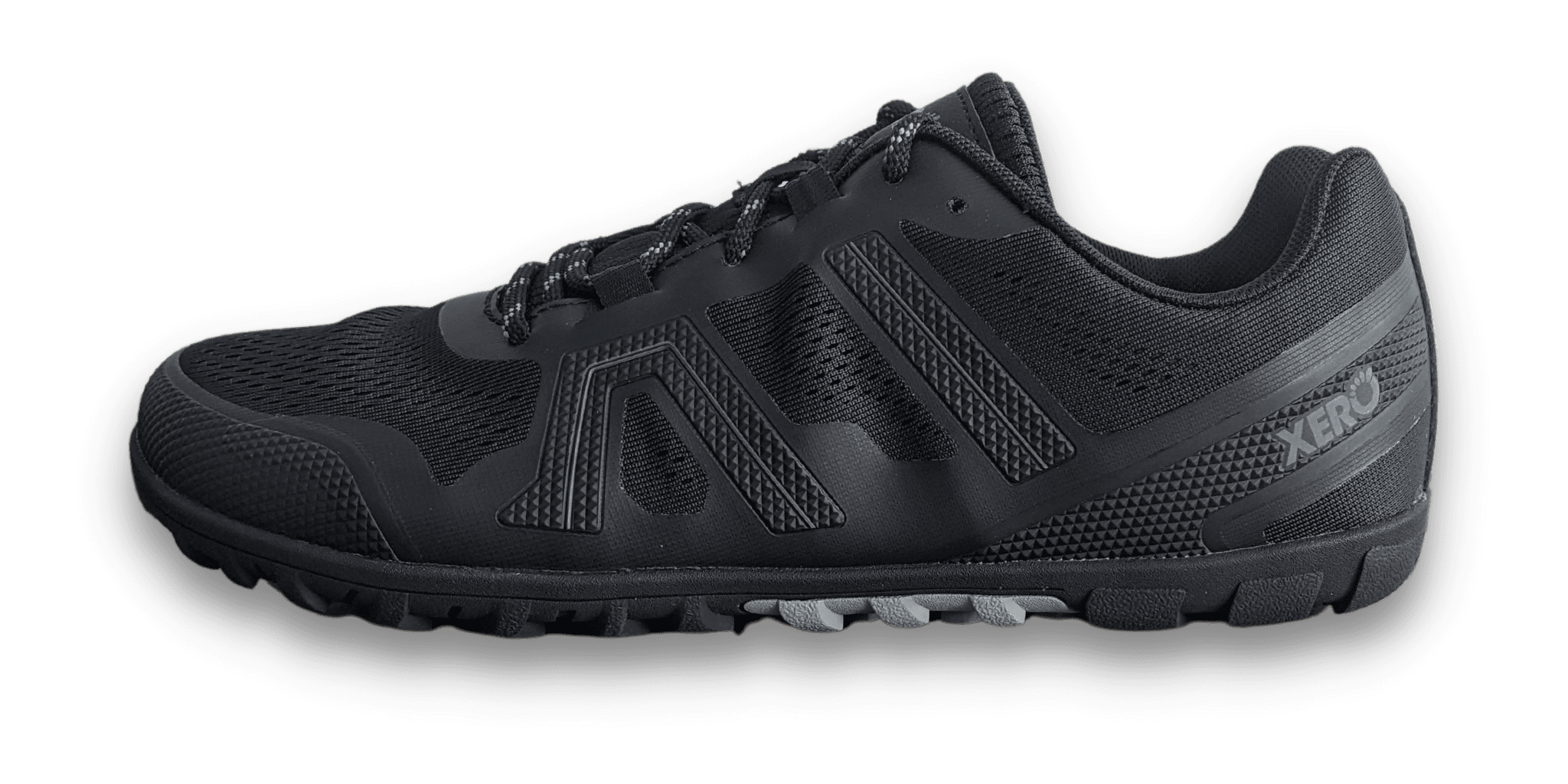
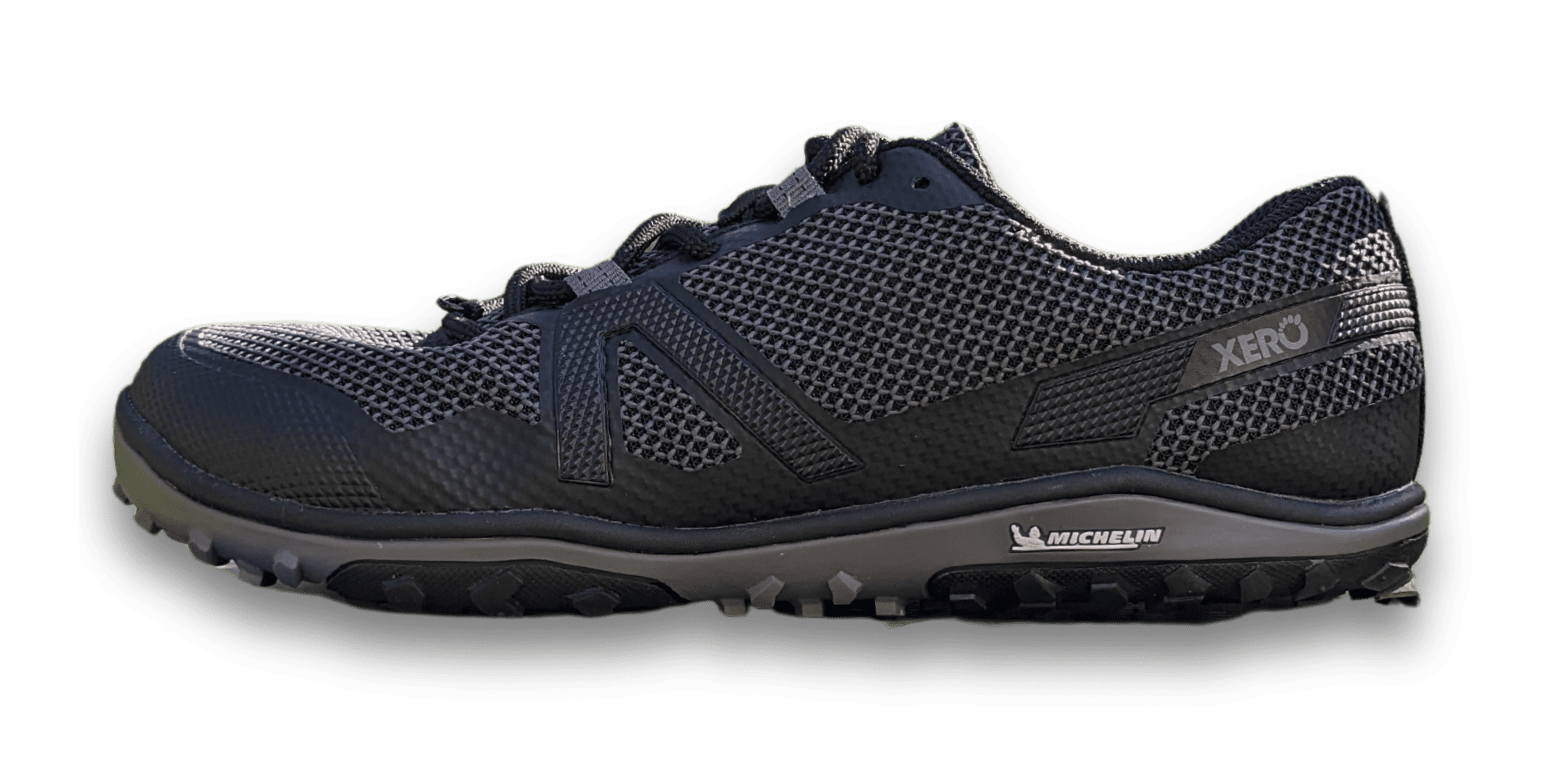

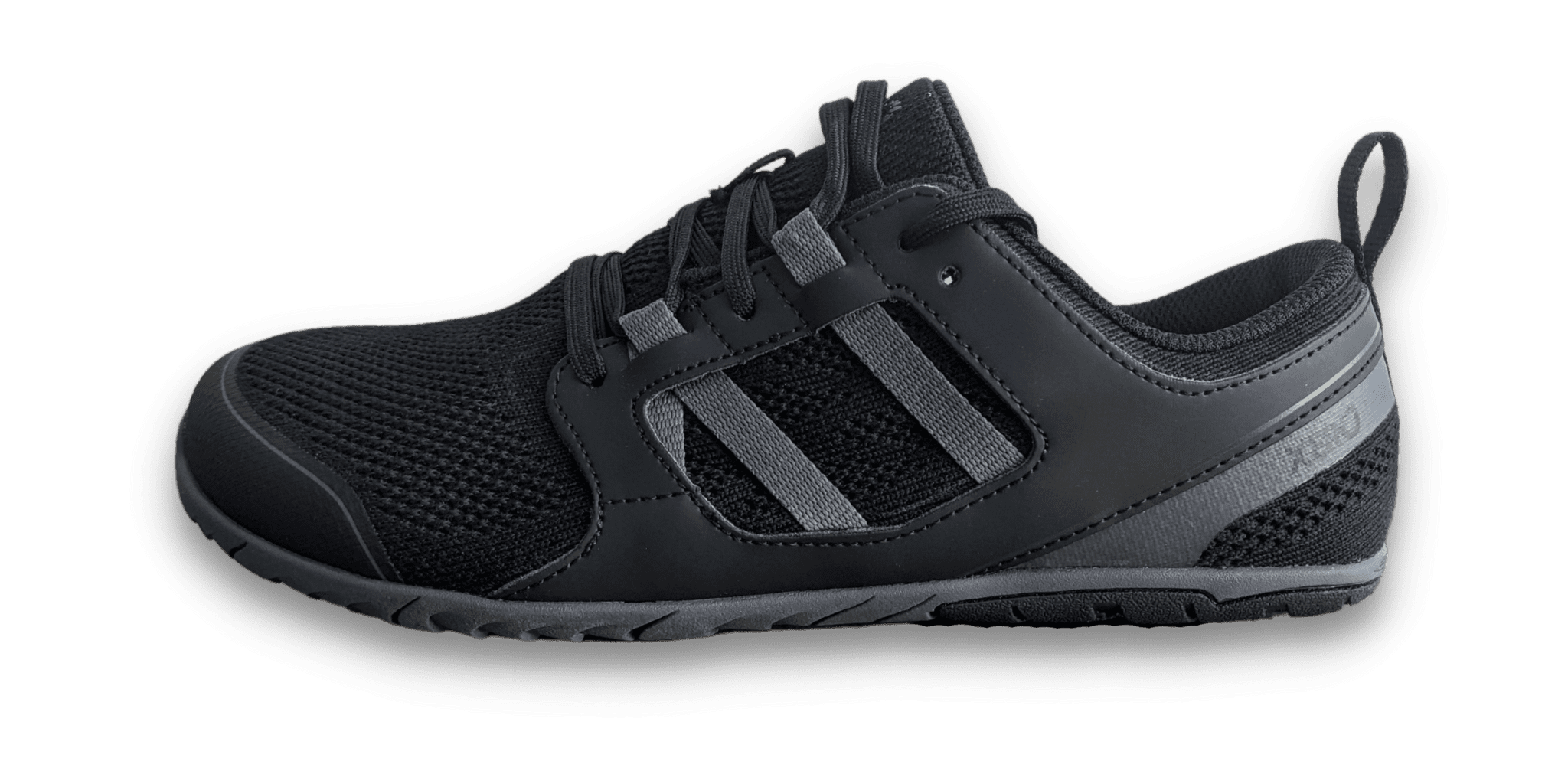
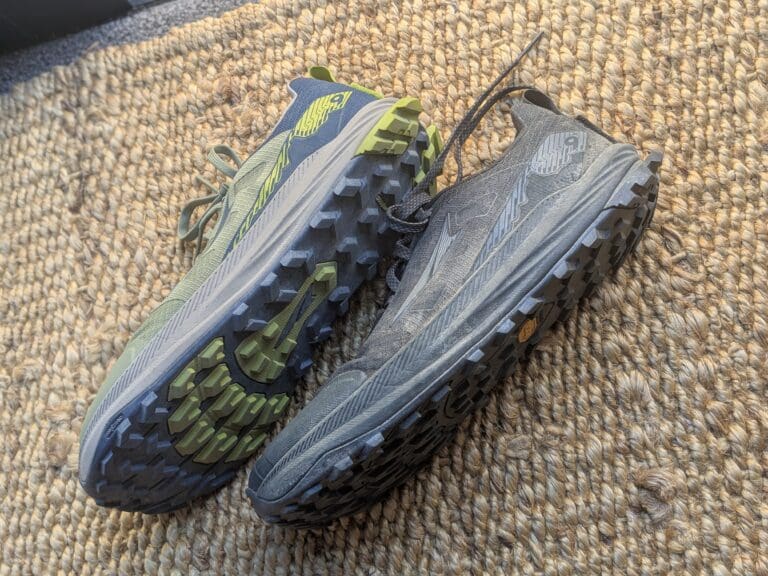
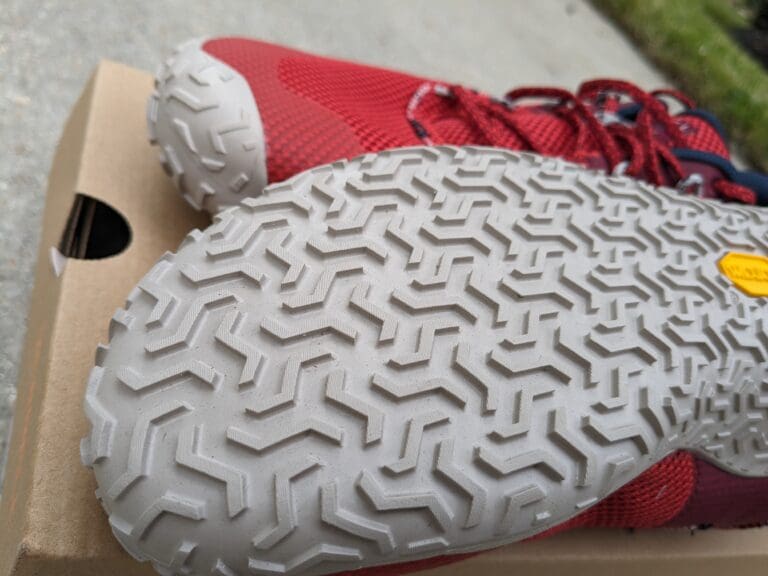
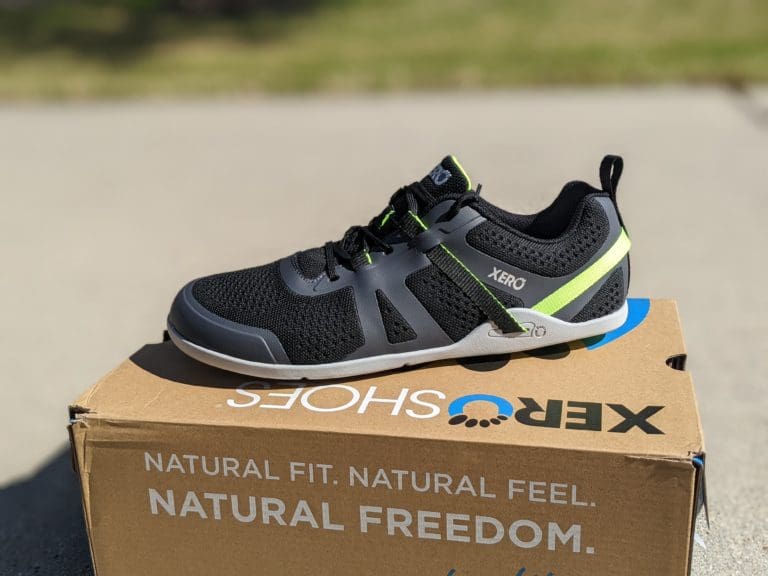
Nice article. I like the breakdown at the end. Could you do that with multiple brands? Like a flowchart or shoe recommendation quiz. I like the fit of vivo but can’t afford it.
Thanks for the feed back! The flowchart could be a good idea. And I hear you about the Vivo price. It hurts, but I’ve found on average they last longer than other brands.
Thank you for your article! It broke it down plain and simple. Good work and thank you again!
Thanks for your encouraging words!
Great article! My first pair of barefoot shoes were vivobarefoot that I got a few months ago and I love them!! I have a small heel and a wide ball. They are so comfortable even though they could actuality be a little bit smaller in the heel for me. They just feel so good and the laces are so secure. I just got some Xero sandals and I have to say if these were my first pair of barefoot shoes I probably wouldn’t have got another pair. The bottom of the sandal isn’t exactly the shape of my foot and when I splay my toes the pinky goes over the edge. I can’t wait to get another pair of Vivobarefoot shoes.
Thanks! I’m so glad you’ve found a great-fitting shoe. If you’re looking for sandals with a wider forefoot sole, I’d suggest trying Earth Runners. You’ll see straight away that they’re more “fan” shaped, which sounds like your foot type.
Vivobarefoot always has the issue of price. Sometimes they’re worth it, but if you want a compromise, they do have the Re-Vivo shop, which are “pre-loved” shoes. They’re a slightly lower price, and there’s less wastage involved. A win all round.
Happy barefoot!
I can see this after briefly reading this review that the person that wrote this did a great job, explaining things, BUT… In my experience, it is very, very different. The Xero shoe brand at the toebox area is medium and not wide, by comparison to Vivobarefoot’s shoe. You can even tell by looking at the design of the footprint. Especially where your big toe is. Even though Xero does make a wider toebox to fit the foot naturally, it is really meant for narrow to medium, width size feet, because even on the toe part of the design of the shoe, it is curved a little bit inward as opposed to Vivobarefoot’s footprint, design curves, more outward to spread the big toe away from the other toes. The only reason why I know this is because I switched from my traditional pointed toe shoes and sneakers to the Xero brand, and they initially felt better, but as my feet started to spray out more, I started feeling my big toe being pressed up against more and more. I purchased a few pairs of Vivobarefoot shoes, and the experience is far better now as all my toes are able to splay much more comfortably. Lems shoes also are a better fit for me because they also splay just as wide and on some shoes just a tad bit wider. Hope this information is helpful.
Thanks! I completely agree with you. I haven’t made the toe box width clear enough.
Although I’d still argue that Xero Shoes are moderately wide, depending on the model you’re using. But just not suitable for a fan-shaped foot.
I’ll adjust the comparison section now.
Very useful comparison. Just what i was looking for before making a decision. Thanks Nick.
Thanks Sak! So what did you end up going for?
Vivobarefoot. Ethics, sustainability and consistent quality. Making a choice would have been much harder without your comparison.
I also wonder about the sole. My kids wore vivos way back when, but I have only had xero and five toes. I will say, the vibram sole on the five toes is far superior to the sole on the xero. My feet are always sore after wearing my xeros, but never after the five toes (however, I really do dislike the separated toes on the five toes – someone please put vibram soles on a foot-shaped barefoot shoe!).
After reading your comparison, I really want to invest in some vivos but I have high volume/high arch feet which is causing nerve pain with my Nike’s and other traditional shoes. Would it be a waste to try them?
Great! If you’ve got high volume feet, I’d suggest trying the Xero Shoes over Vivo’s. Although, the Vivobarefoot Knit models can work for higher volume feet still.
Checkout
– https://barefootrunreview.com/vivobarefoot-primus-lite-knit-review/
– https://barefootrunreview.com/xero-shoes-prio-neo-review/
These could both be viable options.
Thanks for the comparison.
It helped me make a choice
Great stuff! I hope you find the perfect shoe!
Hi Nick — Thanks for the rundown. Just discovered your website and am loving the info here. I’m a longtime Xero wearer (HFS, TerraFlex, Denver, etc), but just feeling like the quality of the Xero construction leaves a lot to be desired. One of the side straps in the HFS became detached, making it impossible to lace the shoes, and the TerraFlexes have absolutely disintegrated unlike any other pair of shoes I’ve ever owned — the outsole coming completely unattached from the uppers. I’m increasingly reading about poor customer support with Xero. So I’ve tried a few Vivobarefoot options, but must be right in between sizes. I’m swimming in the 9s, but constricted in the 8s. I wish Vivobarefoot offered half sizes! I want so much to like the Vivos, but just can’t find the right fit. So, I guess it’s back to the Xeros for me…
Yeah. I agree with a lot of that. I found the Terraflex to be poor, so I don’t often talk about it. The Mesa Trail II’s have been much better, and while the durability isn’t outstanding, it’s “as good as other brands”.
Vivos are tricky with size, especially when jumping between models. For example, the standard size I wear from Primus Lites/Trails, I cannot wear for knit styles. The knit upper are just too baggy on my foot, but jumping down in size reduces the length too much. Sadly, it’s just the nature of the shape of Vivos. But Standard Primus models seem to work ok for me.
Another option to look at is Freet. But they are wide and deep, so it’s dependent on your foot. I’ll be reviewing some of their trail shoes soon when I get more miles in them!
Thanks for reading, and looking forward to more of your insights!